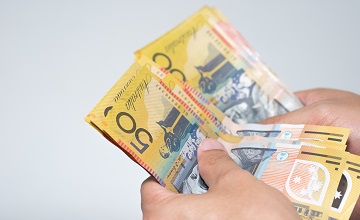Is your money mindset holding you back?
Does your Money Mindset have your back? Or… Is it holding you back? If you’ve never really thought about it, you’d be forgiven. When it comes to our financial success,…

Does your Money Mindset have your back? Or… Is it holding you back? If you’ve never really thought about it, you’d be forgiven. When it comes to our financial success,…

Think back to when you got your first job and that sweet taste of financial independence. Regardless of what age you started working, it’s unlikely you knew how to manage…

For many of us, our first experience of banking and savings was the school Savings Account Program. But in 2019 the Australian Securities and Investments Commission (ASIC) raised concerns that…

That $50 note in your pocket. What’s it worth? “$50,” you say, probably thinking it’s a dumb question. But is it really? Or a sheet of plastic and a bit…
End of content
End of content